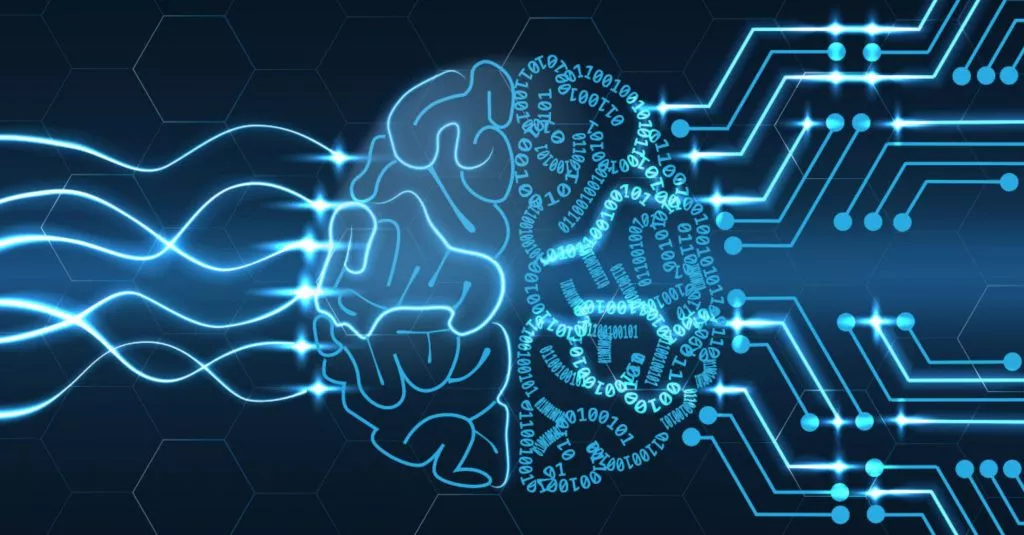Machine learning has been one of the technology industry’s biggest buzzwords in recent years, but what exactly is machine learning? Machine learning can be defined as an application of artificial intelligence (AI) that enables machines to, well, learn from data sets and improve as they gain a better understanding of the information they are processing.
While many people assume machine learning is some kind of magic, it’s not. Machine learning excels at data-centric, repetitive tasks by feeding a model with thousands of examples where the correct answer is known to create an algorithm that can find and apply patterns in data. Machine learning algorithms leverage statistics to discover, analyze and ultimately infer relationships in data, helping to make better decisions in the future based on the information provided. Whether numbers, words, images, songs, videos or another digital signal, the data that can be plugged into a machine learning algorithm takes many forms.
In fact, many of our favorite services employ machine learning to look for patterns in data and provide some sort of prediction or classification. From recommendations on Amazon, Netflix, YouTube and Spotify to voice assistants, search engines, social media feeds, self-driving cars and more, machine learning is the technological backbone supporting these applications.
While some machine learning implementations are nearly impossible to comprehend — even by experts (something commonly referred to as the “black box problem“) — we should attempt to understand its powers and limitations alike. In part one of this two-part blog series, we delve into what is needed to effectively train a machine learning model and best practices for training models.

Contents
Training Machine Learning Models
Generally faster and more accurate than human analysts, machine learning models require a significant amount of time and resources to be properly trained. Beyond time and resources, what else is needed to train an effective machine learning model?
First, and most importantly, you need massive amounts of data corresponding to the problem you’re trying to solve. A good model is only as good as the training data you’re putting into it. In order for the model to learn about the differences in the data and discover the relationships among the different variables in the data, you need as much data as possible. Machine learning models only memorize patterns and recognize what it has seen before in training data. Therefore, the more data used during the training process, the better the model is likely to perform.
Next, is domain knowledge. Sure, an organization might have a ton of data, but without an understanding of that data, it’s useless. Consequently, you need to fully comprehend the domain, what the data means and what it is trying to tell you before the model can find patterns and reach a conclusion from the information collected. So, it’s not just filling in a bunch of numbers, for example, and gaining something from it but actually understanding what those numbers mean in terms of the relationship between the inputs, outputs and the correct answer, aka the target attribute.
Best Practices When Training Machine Learning Models
When training a machine learning model, focus on data collection and preparing the right data. Training a model with insufficient, inaccurate or irrelevant data early on will only hinder the development of a robust model, as the training data is what the algorithm uses to create and refine its rules. As the saying goes, “garbage in, garbage out.”
As such, a best practice in machine learning model training is taking time to prepare a significant volume of high-quality training data. If the data isn’t clean, doesn’t make sense or has a lot of missing values/information, it’s important to comb through the data, label and prepare it, develop an understanding of it, clean it up and fill in (or infer) any missing values before beginning to train or build the model. While acquiring, labeling and preparing training data can be daunting, spending the time to preprocess it and make sure any inconsistencies are eliminated will dictate the accuracy of the identified outcome or the answer your machine learning model is trying to predict.
Because the quantity and quality of your training data determine the accuracy of the performance of your machine learning model, remember to always start with the simplest model first. Forget about trying to implement the latest or fanciest machine learning models and focus on employing the simplest model possible. Just because a model may include deep learning — another industry buzzword — doesn’t mean it’s right for your application.
When just starting out, consider leveraging simple interpretable models, such as a simple linear or logistic regression model, in order to understand the data and determine whether there’s any relationship in the data you’re trying to model. Once you’ve grasped that connection, then you can move onto more complex models. If you begin by diving into a complicated model from the jump, you’re likely to waste a lot of time repeatedly feeding the model with training data. Complex models often take hours or days to be trained, so when you have to come back and change a few inputs and run them through the model again to create the best algorithm, a lot of time is inevitably lost.
Consequently, it’s always advisable to start with the simplest model and get an idea of what you might need to change, doing so over and again before taking it to a more complex model, which will likely perform slightly better since it’s being trained with clean, quality data.
Check out part two of this blog series, where we highlight how to overcome certain challenges in machine learning model training, our blog on using Amazon SageMaker for sentiment analysis and our case study on edge machine learning for remote video. If your next project requires machine learning expertise, give us a shout — we’re happy to help!
